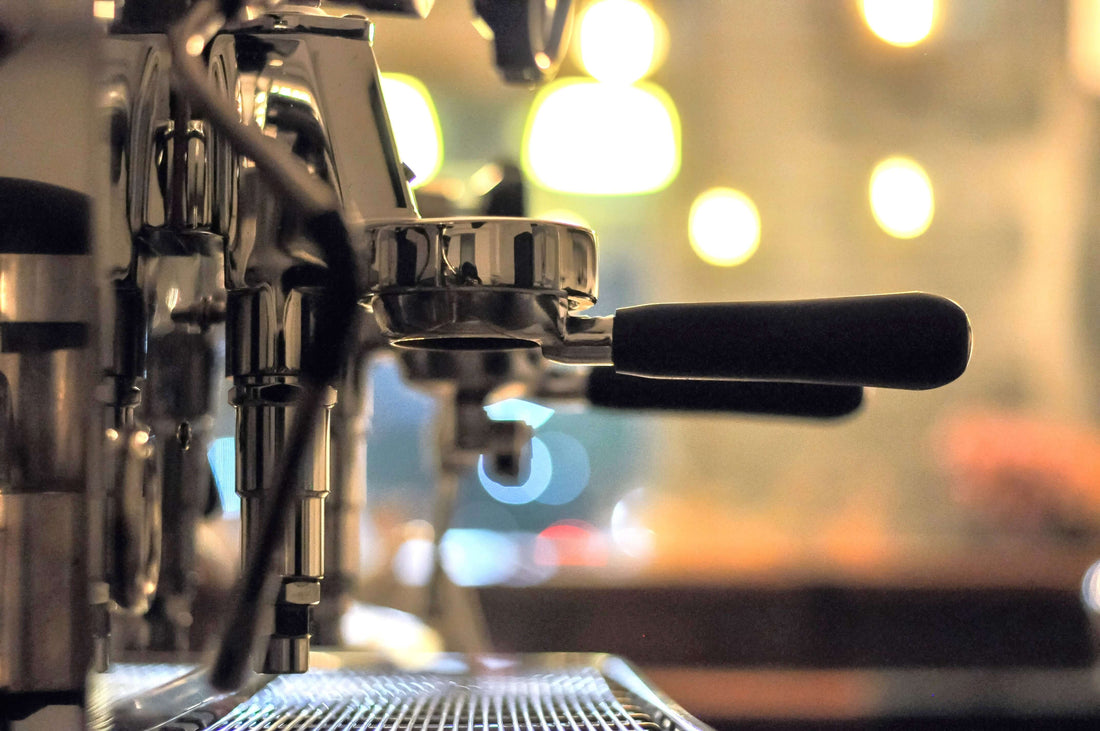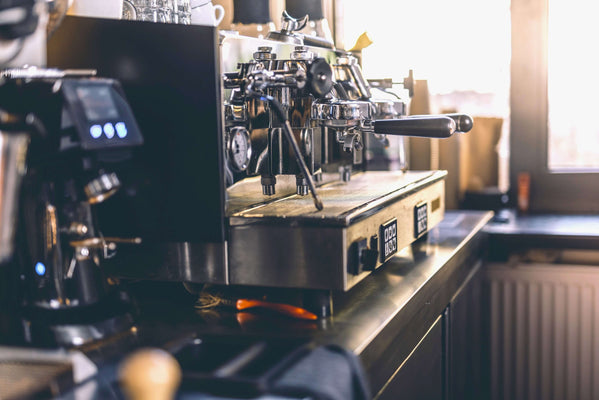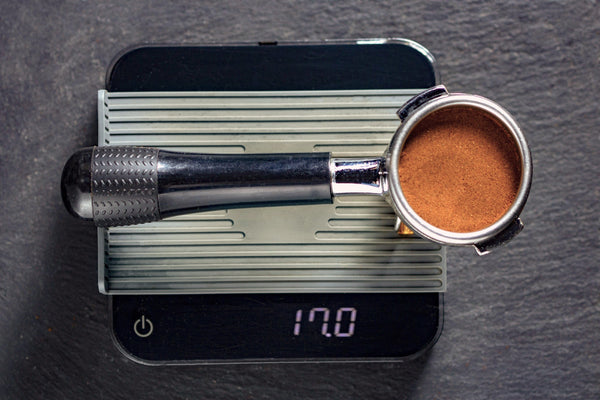
Channelling/Uneven Extraction in Coffee Making
tai attitude4 min read
What is channelling?
Channelling is a common barista encounter on a daily basis. Think of channelling as a form of error that occurs during coffee brewing.
Channelling is when, during the coffee brewing process, water finds pathways of least resistance (least density) through the ground coffee instead of evenly through the entire ground coffee.
Basically, not all of the ground coffee was used uniformly during the extraction phase. Channelling is uneven extraction.
On the flip side, an even extraction is what a barista would strive for in coffee brewing, in that it increases the chance for deliciousness.
Why is channelling bad?
Channelled coffee or espresso has the hallmarks of tasting unbalanced in acidity and bitterness, lacks sweetness, and is thin in mouthfeel.
What truly makes channelling bad is the inconsistency that comes with it.
Even if, let's say, a cup of channelled coffee or espresso tastes somewhat palatable, we could intentionally make another cup of the same, but the taste between them simply can't be duplicated.
In short, each channelled coffee or espresso is uniquely its own nightmare.
Root cause of channelling
There are two fundamental brew methods in coffee making: percolation and immersion.
Percolation is when the extraction phase happens, where water is slowly added to pass through the ground coffee via both gravity and pressure.
Immersion is when the extraction phase happens, where water is completely steeped with ground coffee from the beginning to the end.
Channelling happens exclusively in percolation. Immersion is channelling-free.
This means the use of any coffee equipment that brews with percolation has a risk of channelling, while any coffee equipment that brews with immersion is free of channelling.
How channelling happens with percolation:
Due to pass-through, the tendency for channelling is dependent on the grind size used, as follows:
The finer the grind size, the higher the ground coffee bed's resistance, the higher the risk of channelling.
In addition, the tendency of channelling is dependent on the dose (amount of ground coffee) used, as follows:
The higher the dose, the higher the ground coffee's bed resistance, the higher the risk of channelling.
Both of the above are true for all percolation-based brewing equipment.
In essence:
Channelling risk is much lower, therefore less often with pour-overs. Avoid using too fine of a grind size or too high of a dose, and there should be no cause for concern.
Channelling risk is much higher, therefore more often with espresso. This is due to the fact that espresso's preparation demands a much finer range of grind sizes.
Given that espresso is more synonymous with channelling, the focus of the following sections is specific on espresso.
Identify Espresso's Channelling
There are mainly two ways to identify espresso's channelling:
A. Using a bottomless portafilter (naked portafilter)
Using a bottomless portafilter is the more efficient way to identify channelling.
Simply observe how the espresso gets extracted during the brew to visually identify any potential channelling. Channelling would be obvious this way.
 A visual of channelling using the bottomless portafilter.
A visual of channelling using the bottomless portafilter.
 A visual of no channelling using the bottomless portafilter.
A visual of no channelling using the bottomless portafilter.
or
B. Tasting the espresso
Using a regular portafilter (with sprouts) requires using sensory means to taste the espresso. And it is the more accurate way to identify channelling.
Simply taste the balance of acidity, sweetness, and bitterness of the espresso shot. Furthermore, the texture of the espresso shot is also a good indicator.
 Using sensory information to identify channelling is always a viable option.
Using sensory information to identify channelling is always a viable option.
Do note that it is impractical to taste every single espresso shot before serving. So, baristas relying on taste at the forefront will also use the measurement of brew ratio, or brew time, to help strengthen their analysis of any potential channelling.
Troubleshoot Espresso's Channelling
Channelling risk cannot be completely eliminated, but it can be significantly reduced.
The following is a troubleshooting guide to reduce channelling risk, in sequence:
1. Sort the whole coffee beans one time (if deemed necessary).
Remove defective, uneven-sized, and uneven-coloured coffee beans.
2. Next, deliberate with espresso dialling-in.
Check the dose. Use a proper amount of ground coffee—not too little, not too much.
Check the grind size. Be sure not to use an excessively fine grind setting.
3. Lastly, mindfulness with espresso preparation.
Check the dose step. Ensure all ground coffee dispersed by the grinder is properly collected into the filter basket.
Check the distribution step. Make sure the ground coffee in the filter basket is flat and even to the eye.
Check the tamp step. Tamping is done with the ground coffee free of trapped air and achieving maximum density.
Check the brew step. The portafilter is unknocked and is gently locked to the espresso machine’s group head.



